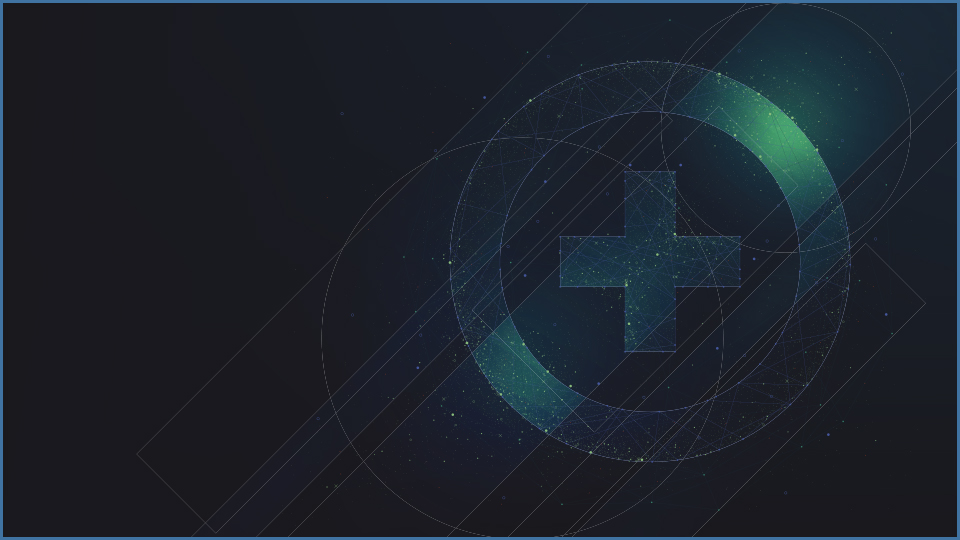Pharmaco-toxico: a very bad trip?
DOI:
https://doi.org/10.37051/mir-00125Keywords:
dosages, toxicité, variabilité, transporteursAbstract
The seventh annual seminar of the SRLF Translational Research Commission provided another unique opportunity for researchers and clinicians to discuss the latest data from translational research in pharmaco-toxicology.
Pharmacological and toxicological studies in critically ill patients have long been limited to plasma concentration measurements. Their clinical interpretation was often limited by the assay methods themselves, but also by the different mechanisms leading to individual variation in the absorption, distribution, metabolism or elimination of drugs or toxicants. The recent evolution of dosing methods, the better understanding of diffusion and clearance mechanisms of drugs/toxics in tissues as well as the use of innovative techniques based on pharmacological imaging and pharmacokinetic modelling, allow a better interpretation of the assays but also to predict failures or the occurrence of toxicity related to a drug or a toxicant.
The proceedings of the seminar were written by the members of the Translational Research Commission of the SRLF and validated by the speakers.


